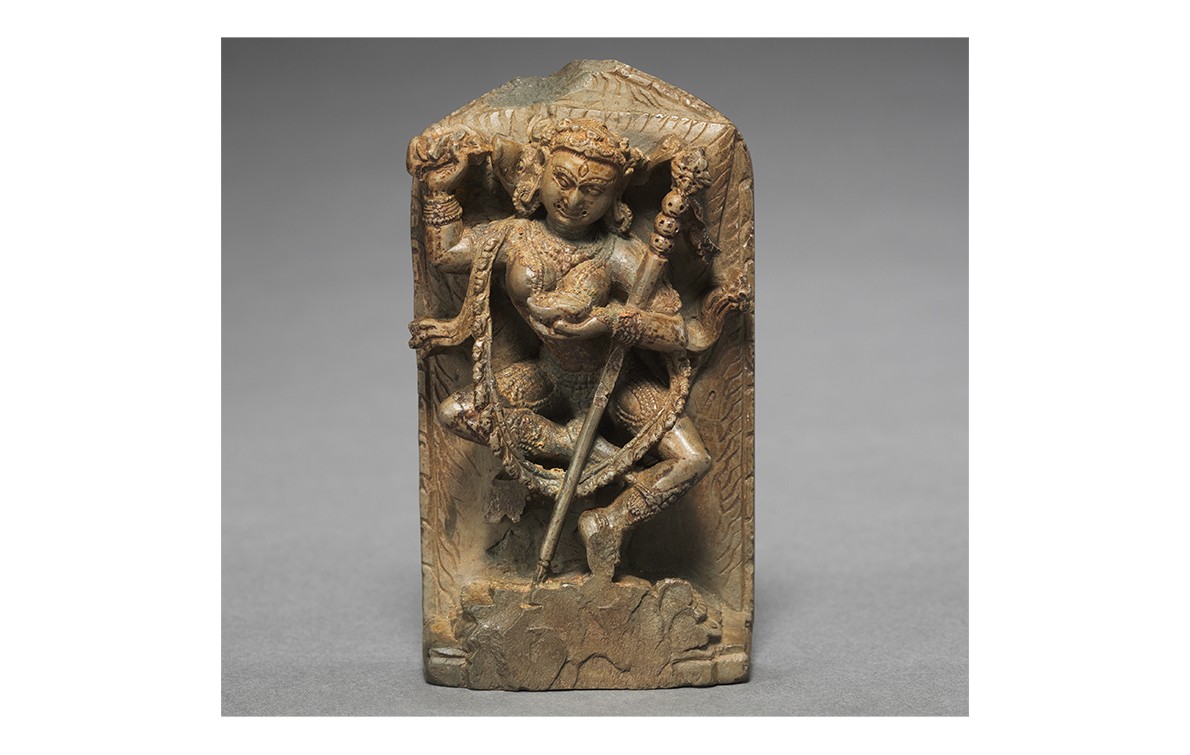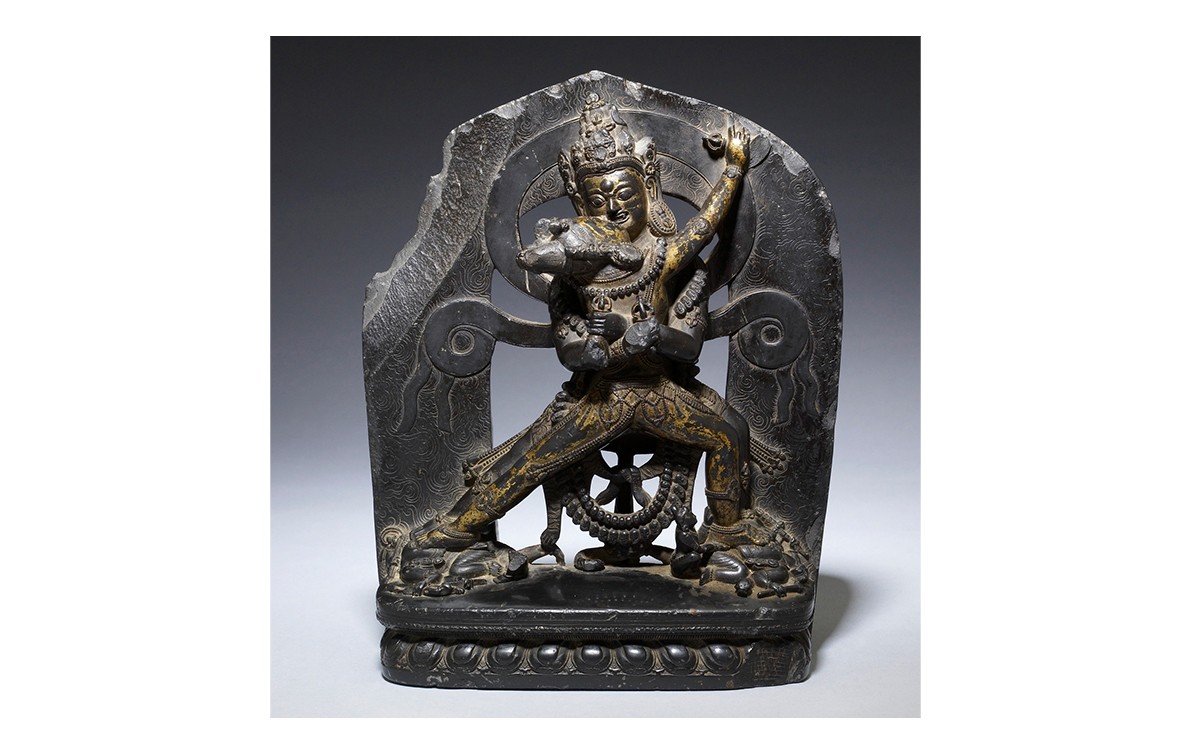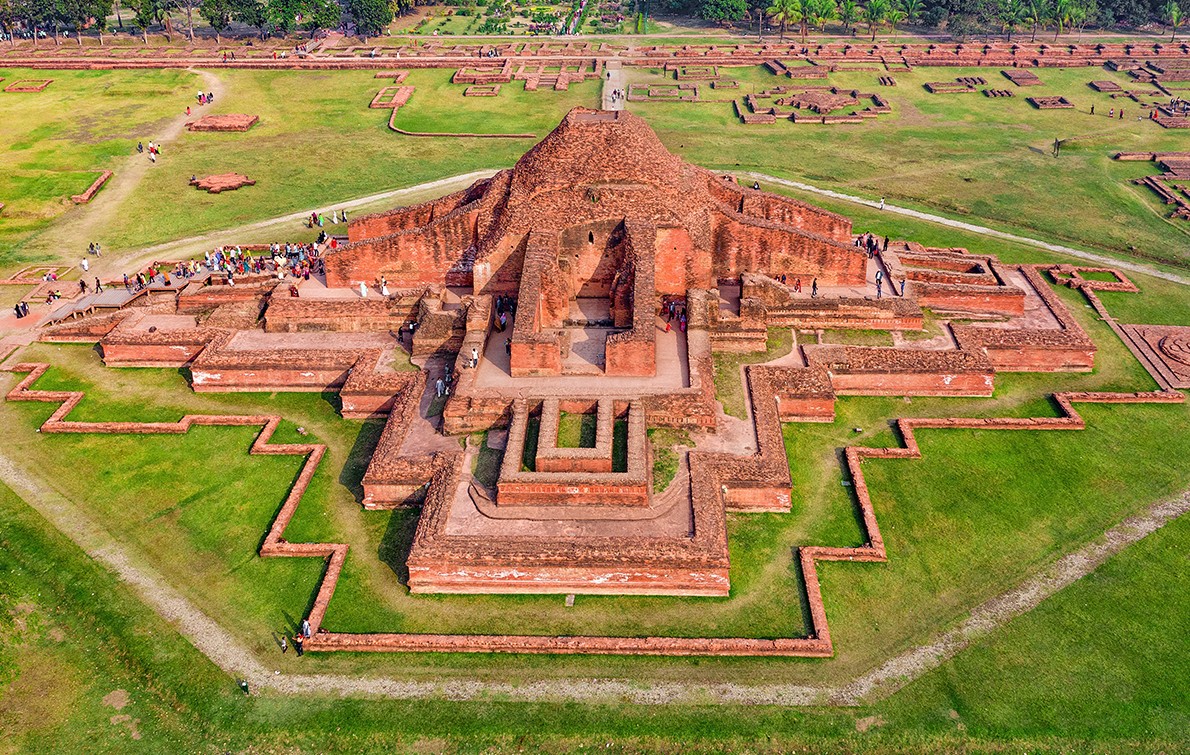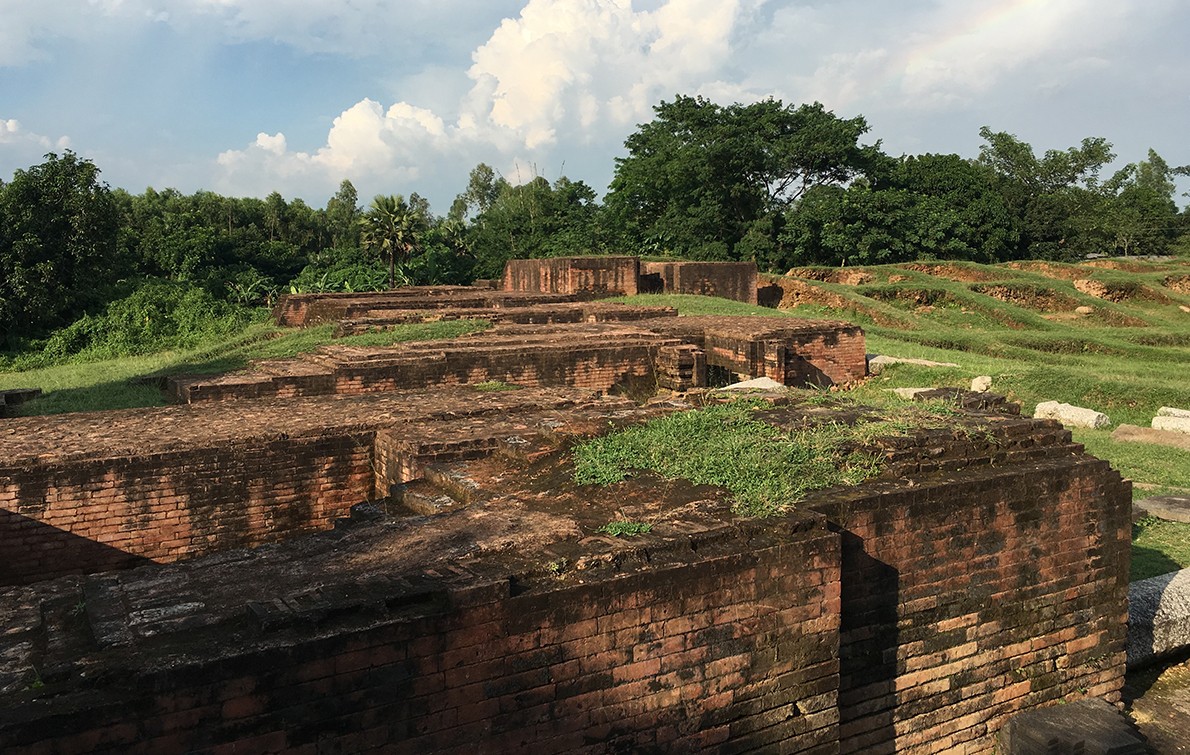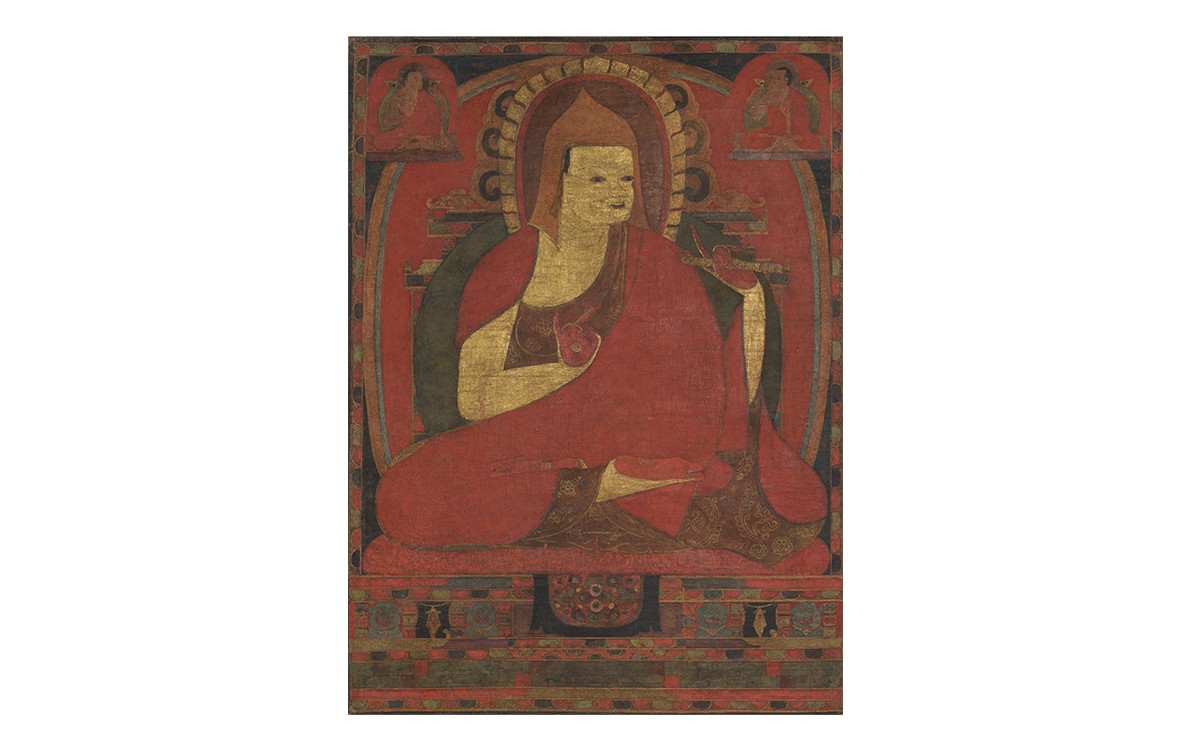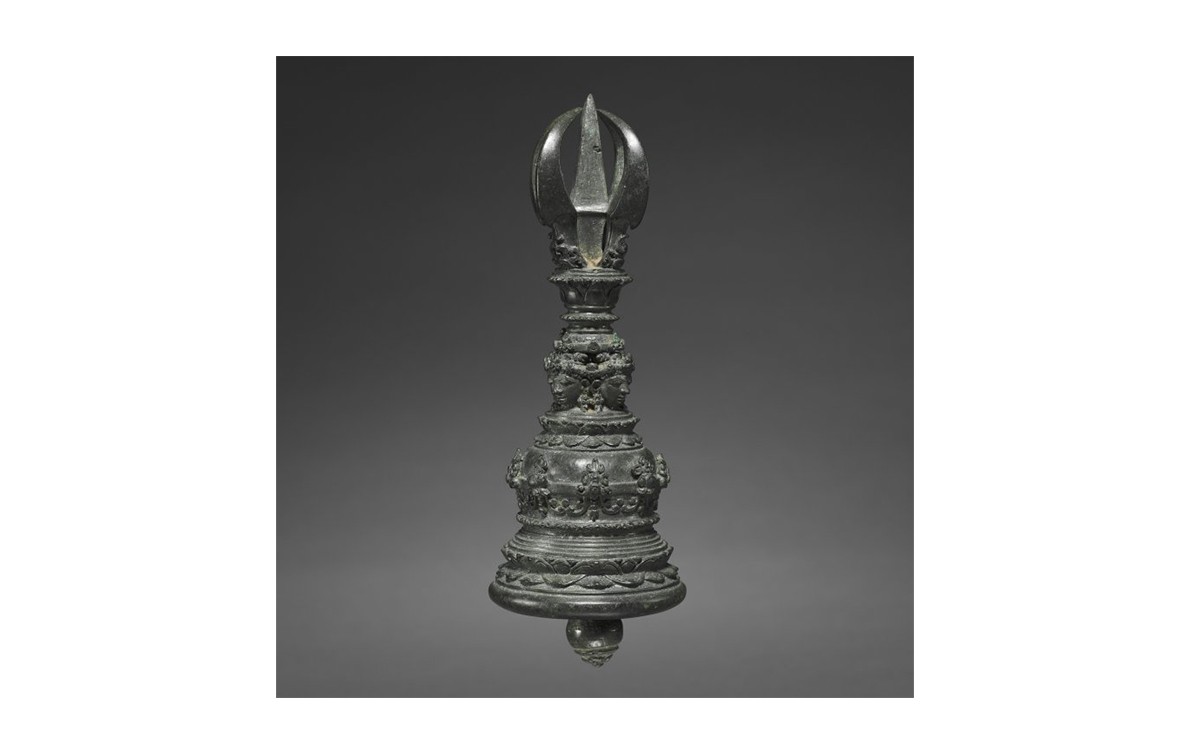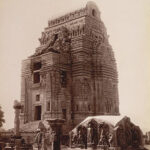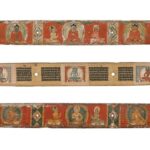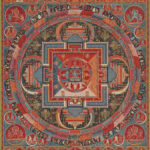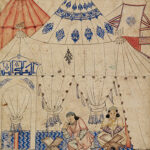Tantric Buddhism Spreads in Eastern India, Tibet and Bangladesh
900–1050 CE
By the tenth and eleventh centuries, Tantric Buddhism, also known as Esoteric Buddhism, becomes established in the eastern part of the subcontinent, corresponding to the present-day areas of Bangladesh, West Bengal and Odisha. The earliest texts of Tantric Buddhism date to the eighth century, but its practice is likely to have evolved earlier, incorporating the philosophies of Mahayana Buddhism but utilising concepts of Tantric texts as a means of achieving liberation.
By the eleventh century, the monastic establishments of Vikramashila, Jagaddala and Somapuri become key centres of Tantric Buddhism in the subcontinent, with Tantric masters holding important ranks in the establishments. The period also sees a substantial rise of Vajrayana devotional deities; their worship spreads to Southeast Asia and develops further with the flow of ideas between both regions.
The translation of texts into Tibetan and the movement of monks from the region, including Atisha, will help Vajrayana Buddhism crystallise into a significant religious practice in the trans-Himalayan regions by the thirteenth century, achieving considerable popularity outside courts, with the establishment of monastic institutions across the plateau.
Bibliography
Asher, Frederick M. The Art of Eastern India: 300-800. Oxford University Press, 2009.
Behrendt, Kurt A. Tibet and India: Buddhist Traditions and Transformations. New York: Metropolitan Museum of Art, 2014.
Lucic, Karen. Embodying Compassion in Buddhist Art: Image, Pilgrimage, Practice. Frances Lehman Loeb Art Center, Vassar College, 2015.
Feedback 
This entry appears in
Art in South Asia
Visit Timeline
Associated Timeline Events
First Published: March 11, 2024
Last Updated: July 2, 2024



